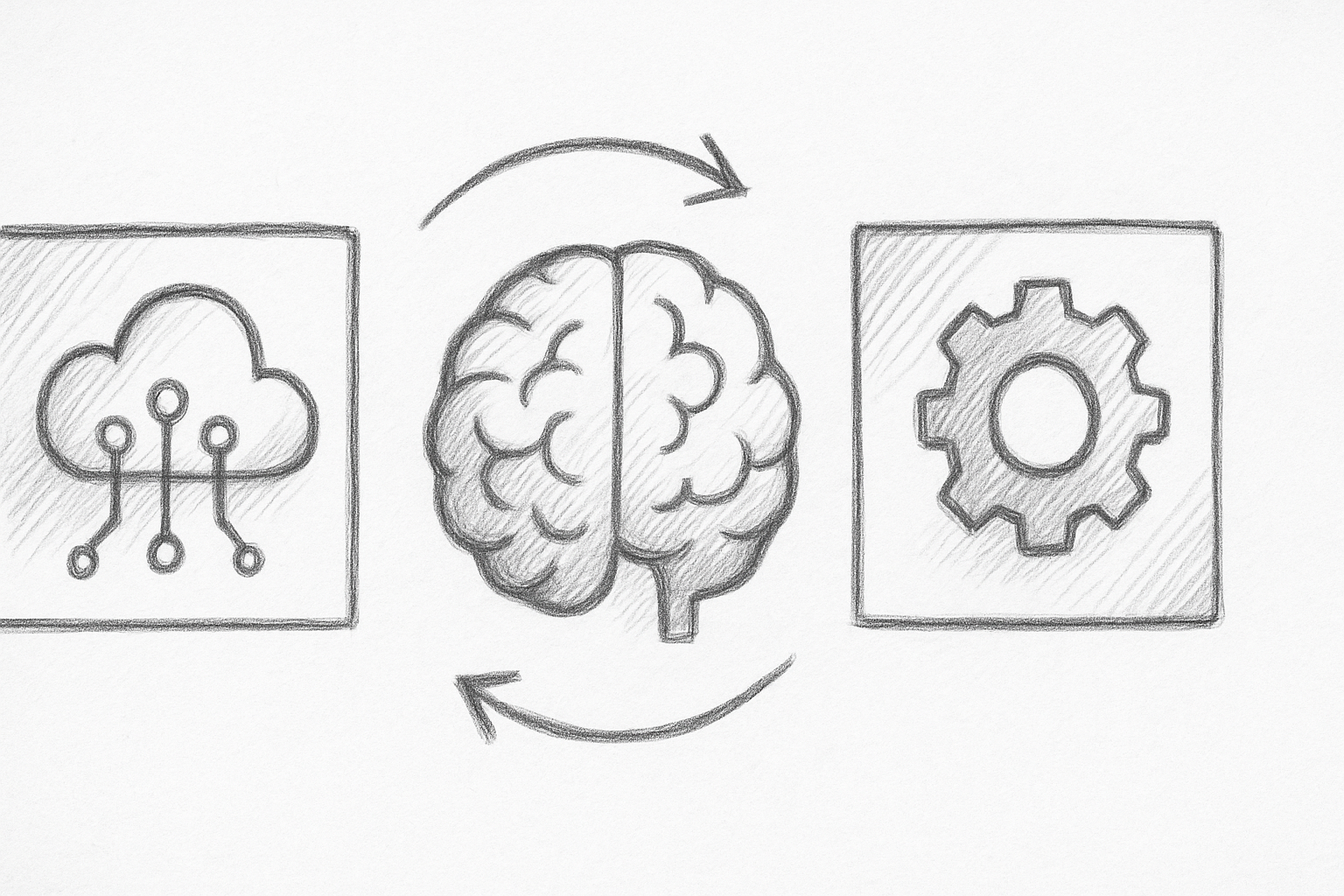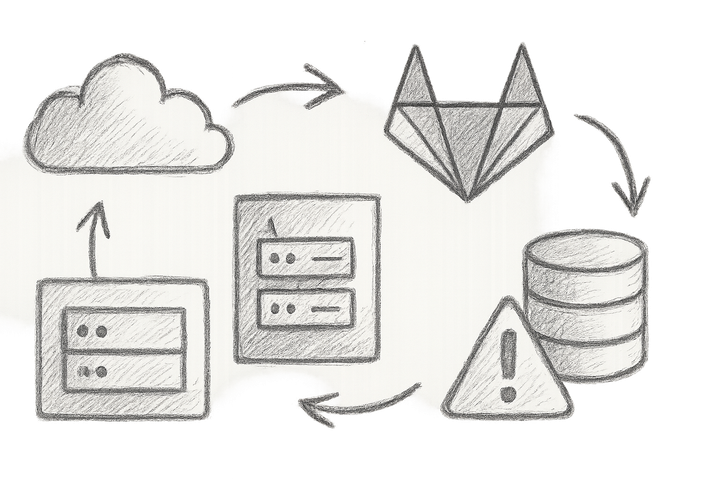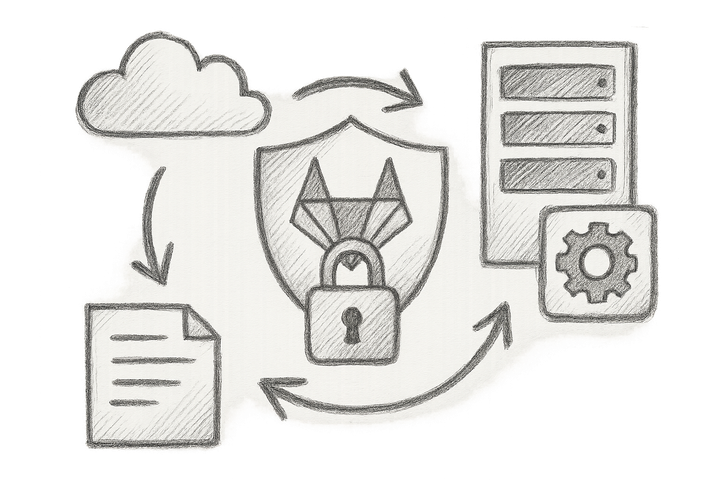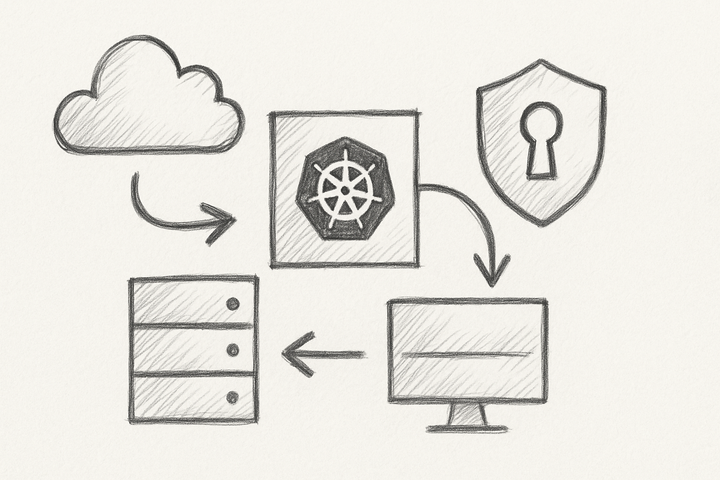Integrating AI Tools into Your DevOps Workflow

Summary
In this article, I will explore how integrating AI tools into DevOps workflows can streamline operations, enhance automation, and significantly boost productivity. I will provide real-world examples of various AI solutions, their practical applications, and step-by-step integration strategies applicable to CI/CD pipelines, monitoring, and incident management.
1. Introduction
The evolution of DevOps has seen exciting technological advancements, particularly in artificial intelligence (AI). The crux of these innovations lies in automating processes and increasing efficiency, making our lives easier (and perhaps a bit less frantic). With AI’s capabilities rapidly maturing, it's important to integrate these tools into our workflows to stay ahead of the curve. In this article, I will walk you through some of the practical AI tools available and how to seamlessly weave them into your existing pipelines.
2. Understanding the AI Landscape in DevOps
AI in DevOps isn't just a flashy buzzword; it's a means to enhance operational performance. Key technologies, such as Machine Learning (ML) and Natural Language Processing (NLP), are becoming indispensable. Various AI tools are beneficial for DevOps operations—from chatbots that handle incident management to predictive analytics that provide insights into performance metrics (DevOps.com).
3. Identifying Bottlenecks and Automation Opportunities
As I navigated through the bustling world of DevOps, I noticed common pain points: a lack of deployment frequency, slow incident response times, and an overwhelming number of monitoring challenges. It's here that AI shines, providing automation solutions that significantly alleviate these issues.
4. Popular AI Tools for DevOps
4.1 Chatbots for Incident Management
I found that chatbots can be particularly helpful in streamlining on-call support, especially when they are integrated into communication platforms like Slack or Microsoft Teams. I managed to create a simple chatbot using Python and Flask, which allowed me to automate responses to common incidents.
4.2 Predictive Analytics for Monitoring
AI-driven monitoring tools, like Dynatrace and New Relic, are game-changers in tracking application performance. For instance, I configured anomaly detection alerts that triggered notifications whenever performance deviated from the norm. Here’s an example configuration for integrating a monitoring tool:
metrics:
- name: "CPU_Usage"
type: "gauge"
threshold: 75
For organizations looking to optimize their monitoring further, consider integrating OpenTelemetry for a more robust observability framework. This can enhance metrics collection and provide deep insights into infrastructure performance, as discussed in the guide on Optimising Infrastructure Measurement with OpenTelemetry.
4.3 Code Review Automation
Automating code reviews has transformed my workflow. Tools like CodeGuru and DeepCode provide automated feedback on code quality, ensuring best practices are maintained. Integrating these with GitHub Actions is straightforward, enabling automated analyses directly upon code submissions:
name: Code Review
on: [push]
jobs:
analyze:
runs-on: ubuntu-latest
steps:
- name: Checkout code
uses: actions/checkout@v2
- name: Code Analysis
uses: my-org/code-analysis-action@v1
5. Step-by-Step Integration Strategies
5.1 Integrating AI Chatbots
Creating my chatbot was an exciting experience. Using Python and Flask, I designed a streamlined response system for incident management. Below is a command I ran to deploy the Flask app:
FLASK_APP=app.py flask run --host=0.0.0.0
This deployment on a public server allows the chatbot to interact across teams quickly.
5.2 Setting Up Predictive Analytics
Integrating predictive analytics requires careful configuration in your observability tools. After defining metrics in YAML format, I made API calls to pull in necessary data, enhancing my monitoring capabilities.
5.3 Automating Code Reviews
Utilizing GitHub Actions for automated code reviews meant I could focus on more critical tasks rather than getting bogged down in manual checks. The template provided earlier illustrates how easy it is to set this up.
6. Monitoring, Observability, and Feedback Loops
Establishing a feedback loop by utilizing both observability tools and AI insights has proven essential. Tracking AI performance—especially in incident management—has shown me not only the areas needing adjustment but also where our team shines.
7. Security and Compliance Considerations
While AI tools offer incredible benefits, they also introduce security risks. It's imperative to adopt best practices, such as encryption and auditing, to ensure sensitive data remains secure during integration with these technologies. For more detailed insights on AI-driven security, refer to this resource.
8. Trade-offs and Performance Considerations
It's crucial to evaluate the trade-offs associated with AI integration, including costs and complexity. Mitigating common failure modes, such as incorrect predictions or system overload, requires careful planning and robust infrastructure.
9. Troubleshooting Integration Issues
Should you encounter integration errors, I’ve found a checklist approach useful. Gather logs and reroute problematic API calls to diagnose and resolve issues quickly.
10. Conclusion and Practical Takeaways
Integrating AI into DevOps workflows offers a path to enhanced effectiveness and efficiency. As you embark on this journey, I recommend starting small and iterating. Embrace the feedback-driven improvements that AI tools facilitate—it’s a game-changer.
11. Next Steps
For those eager to dive deeper, I recommend exploring additional resources on AI in DevOps through community forums or Slack channels. Each conversation can spark innovative ideas that lead to exciting enhancements in your workflows.




